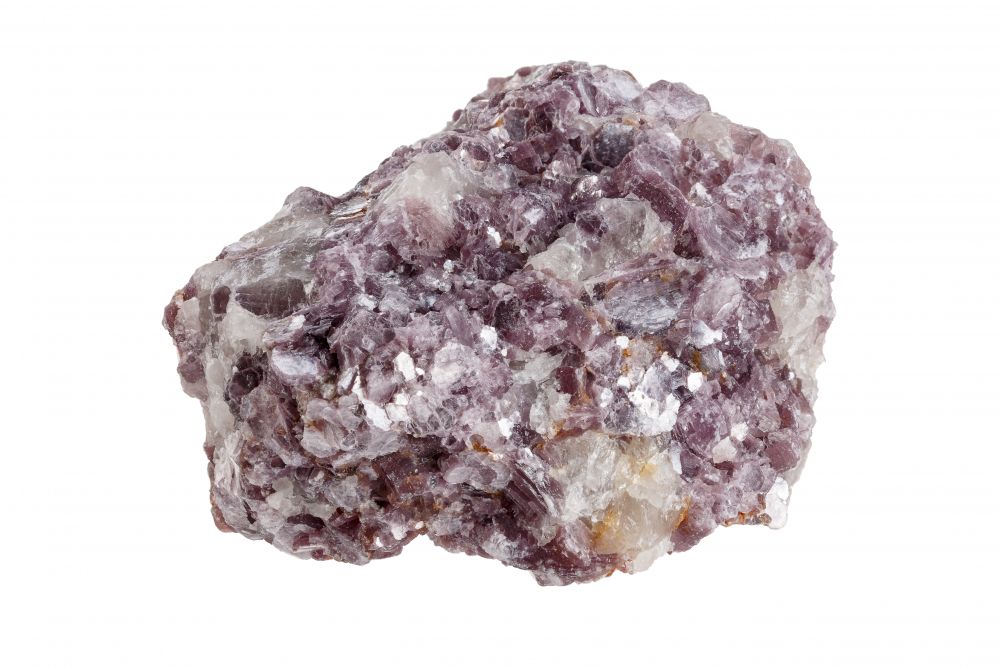The year of 2018 is
seeing the increasingly deepened reform of upstream lithium business in China.
The enterprises in possession of lithium ores gradually showcase their
competitiveness.

The
global lithium demand has been more than 18 million metro tonnes in the year
2015. Almost half of the demand is driven by battery production. Several estimates
projected global lithium demand to reach more than 500 million metro tonnes by
2025.
The
major producing and supplying countries of lithium are Australia, Chile,
Argentina as well as China. These four countries also have the largest lithium
reserves, able to supply the worldwide demand.
Currently,
viable recycling processes are capable to recover many metals, but they are not
able to directly recover vital lithium. Much more development is needed to
improve the effective recycling processes. Hence, Lithium upstream products are
and will be highly demanded in China and the world markets during the next
decade.
China
has abundant lithium resources with reserves among the highest in the world.
The resources mainly include spodumene, lepidolite and salt lake lithium, 80%
of which are salt lake brine. Salt lake lithium is mainly located in salt lakes
of Qinghai and Tibet. Spodumene is mainly located in Ganzi Tibetan Autonomous
Prefecture and Aba Tibetan Autonomous Prefecture.
Lake
Zabuye is a landlocked salt lake located in Tibet Autonomous Region, 1,050 km
away from Lhasa. The lake is surrounded by mountains. It is fed by rain,
underground water and melting ice. The lake gives its name to the mineral
zabuyelite, a lithium carbonate, which was discovered in 1987 and has been
mined since 2004. In 2008, the salt mine at the lake was regarded as the major
source of lithium in China. Currently, Zhabuye Lithium owns 20-year exclusive
mining rights for the Zhabuye salt lake.
Currently,
the rapid development of power Li-ion battery is driving the deepened reform of
the upstream lithium business in China. According to market intelligence firm
CCM, bigger differences are seen between leading enterprises and disadvantaged
enterprises. Newcomers in the market are increasing significantly, competition
for the limited resources is growing fiercer, capacity expansion is rising, and
demand for premium marketed lithium products is shifting from battery grade
lithium carbonate to battery grade lithium hydroxide.
In
this context, the upstream lithium business is advantaged. In the world, the
supply of lithium resources mainly come from spodumene ore and salt lake, both
expected to continue playing a dominant role in the market, due to the limited
recycling possibilities. This has attracted many domestic leading lithium
suppliers to go abroad for quality resources.
Now
Tianqi Lithium and Ganfeng Lithium which run their quality lithium business in
foreign countries, stand firm as leaders. Their production capacities are far
larger than the competition. Following them, Shandong RuiFu Lithium is reliant
on importing lithium ore from other countries, Sichuan Yahua purchases
spodumene concentrate from Tianqi Lithium and JSMC in possession of lepidolite
ore increases its capital in Australian Tawana.
So
far, a total of 3 lithium resource development centres have been established in
China, though the domestic exploitation of lithium resources is slow. They are
Qinghai salt lake, Sichuan spodumene ore and Jiangxi lepidolite ore, based on
which some enterprises are expanding their production capacity.
It
is notable that a succession of breakthroughs has been made in lithium
extraction technologies such as lithium extraction from salt lake and recovery
of lithium from ore, given the accelerated exploitation of domestic lithium
resources. Zangge Holding announced its success in the experimentation of
technology to extract lithium from Li-ion enriched materials and brine
In
addition, the increasing scrapping of power Li-ion battery makes it possible
for lithium salt enterprises to recycle raw materials and to extract and purify
lithium carbonate. Ganfeng Lithium built a lithium iron phosphate recycling
line with the output of about 1,000 tonnes per year in 2017 and will construct
a ternary materials recycling line in 2018. Jiangxi Hezong Lithium Technology
Co., Ltd. has partnered with battery recycling and processing enterprises since
2016, a move to purchase their crude lithium carbonate to produce lithium
chloride solution after dissolution and primary edulcoration and to get battery
grade lithium carbonate finally.
About the top
enterprises
Tianqi
Lithium is a leading global supplier of lithium products, dealing mostly with
lithium resource development and exploitation, downstream production processing
and trade for a diverse range of high-quality lithium products including
mineral concentrates. The company has established global presences in China,
Hong Kong, Australia and Chile.
Ganfeng
Lithium is one of the world’s leading Lithium manufacturers, established in
China in 2000. Ganfeng has experienced rapid growth in recent years, consequently
forming several highly specialized Lithium production subsidiaries and most
recently commissioning a new facility in China. The company exports and
produces over 20 lithium products for various applications worldwide.
About the article
The
information for this article comes to form CCM, China’s leading
market intelligence provider for the fields of agriculture, chemicals, food and
feed.
For
regularly insights in China’s lithium market, take a look at CCM’s monthly
published China Lithium Newsletter, with insights in market trends, company
development, policy changes, import and export data, as well as any newsworthy
story.
Join the discussion in our LinkedIn or Facebook group.
Follow CCM on Twitter: @CCM_Kcomber